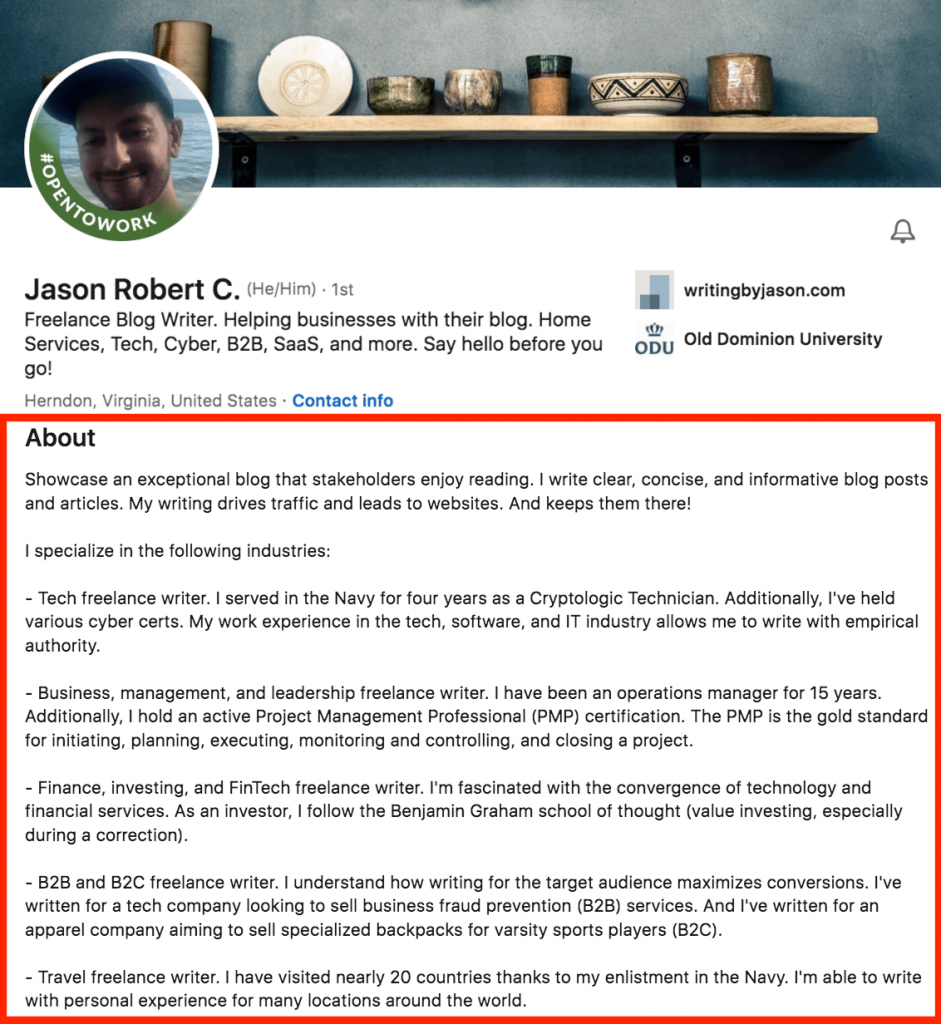How to have a professional account on LinkedIn?
LinkedIn is a social network for professionals that allows you to showcase your skills, experience, and achievements, as well as connect with other people in your field. Having a professional account on LinkedIn can help you find new opportunities, expand your network, and build your personal brand. But how do you create a professional account on LinkedIn that stands out from the crowd? Here are some tips to help you get started.
1- Choose a professional photo. Your photo is the first thing that people see when they visit your profile, so make sure it reflects your professional image. Use a high-quality photo that shows your face clearly and has a neutral background. Avoid selfies, filters, or casual shots that might not be appropriate for your industry.

2- Write a catchy headline. Your headline is the second thing that people see when they visit your profile, so make sure it captures your value proposition and what you do. Use keywords that are relevant to your field and highlight your unique selling points. Avoid generic or vague phrases that don’t tell anything about you.

3- Craft a compelling summary. Your summary is the third thing that people see when they visit your profile, so make sure it tells your story and showcases your personality. Use the first-person voice and write in a conversational tone. Explain who you are, what you do, and why you do it. Include your achievements, goals, and passions. Avoid long paragraphs or lists that might bore the reader.

4- Fill out your experience section. Your experience section is where you can showcase your work history and accomplishments. Use bullet points to highlight your responsibilities, skills, and results for each position you held. Use action verbs and quantify your impact whenever possible. Avoid repeating information that is already in your summary or headline.
5- Add relevant skills and endorsements. Your skills section is where you can display your expertise and credibility in your field. Add skills that are relevant to your industry and career goals. Ask for endorsements from your connections who can vouch for your skills. Endorse others as well to show reciprocity and build relationships.
6- Request recommendations from your network. Recommendations are testimonials from your connections that can boost your reputation and trustworthiness. Request recommendations from people who know you well and can speak positively about your work performance, character, or achievements. Give recommendations as well to show appreciation and support.
7- Customize your URL and profile badge. Your URL is the web address of your profile that you can share with others. Customize it to make it more memorable and professional. Use your name or a variation of it if possible. Avoid numbers or symbols that might look spammy or unprofessional. Your profile badge is a code that you can embed on your website, blog, or portfolio to link to your profile. Customize it to match your personal brand and style.
8- Update your profile regularly. Your profile is not a static document that you can set and forget. It is a dynamic representation of who you are and what you do. Update it regularly to reflect your current situation, achievements, and goals. Share relevant content, articles, or insights with your network to showcase your thought leadership and engage with others.
